“Wildflower meadows are one of the rarest habitats in the UK and we have lost 97% of them since the 1930s”. This report by Kew highlights how vitally important meadows are to wildlife and losing them is having “a very real impact on the food we eat.” The good news is we see an increasing number of National Garden Scheme gardens that now also have meadows, from a small area to many acres.
One such garden is Hurdley Hall in Montgomeryshire, where the owners bought neighbouring land in 2016 and set about turning what had always been 5 acres of sheep pasture into traditional hay meadows. Instead of grazing it in the first summer they let the grass grow, but this produced only two species of flowering plants and much coarse grass. The steps they have taken since then have resulted in 75 species of flowering plants and 13 grasses. This also means the meadow is alive with insects, bees, amphibians, butterflies, including the Dark Green Fritillary, moths and birds.
The key steps to achieve this change were to cut the fields in the first year and remove all the grass in late summer. This has to happen each year. Secondly the grass was scarified to reveal some bare soil into which yellow rattle seed was sown in autumn. This annual is known as the “meadow maker” as it draws its water and nutrients from grasses, suppressing their growth by up to 60%, allowing space and light for other seed to germinate. These steps are essential no matter what size of space you have and mean the following summer there is less grass, some yellow rattle and probably buttercups and hopefully, a few other plants from seeds already in the soil.
The next step is to promote diversity. In Hurdley, they obtained seed from a long-established meadow in the same area, as part of the then Prince of Wales’ Coronation Meadows scheme to establish new meadows across the country. The owners have also increased diversity by swapping seeds with other local meadow owners and gathering seed from roadside verges when ripe, but there are many good suppliers of seed online. On large scale meadows like this, it also important that the meadows are grazed in autumn and winter to reduce the grass vigour more and to tread seeds into the ground. Treating the fields in this way in Hurdley has allowed the gradual reemergence of orchids, which have increased from a handful after the first few years, to over 1000 in 2023 as they seed. Like all good meadows, it evolves each year.
You can do the same with any size of lawn – just keep the grass short into the winter and cut again in early spring, before allowing the wild flowers to grow. It’s great for biodiversity, looks amazing and offers so much more than a plain old lawn! Hurdley Hall has opened for the National Garden Scheme since 2017 and paths are cut through the meadows to allow people to see them.
The interest in meadows has been enormous and they tell us many of their visitors have been inspired to create their own, both large and small. They will be open on June 16th and July 7th this year. CLICK HERE FOR DETAILS
The post Let nature do its thing appeared first on National Garden Scheme.
Source: ngs.org.uk


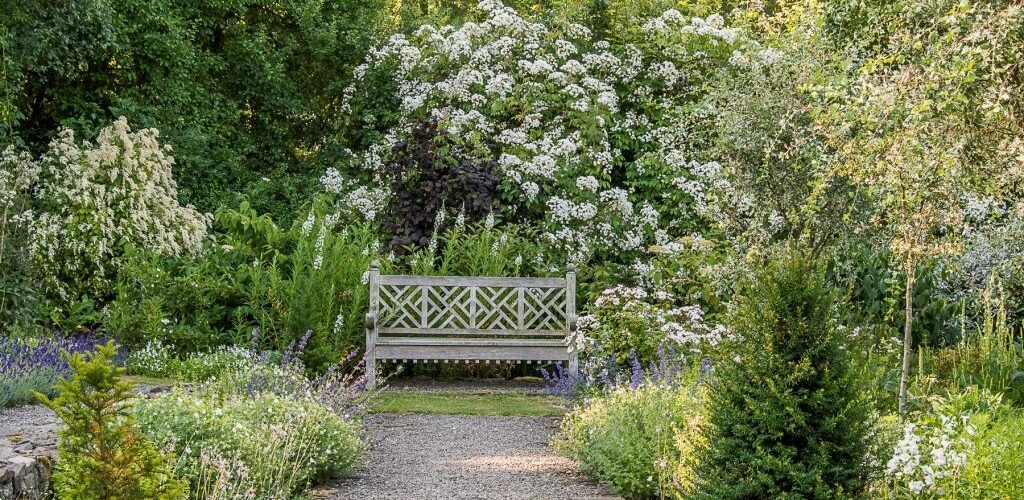


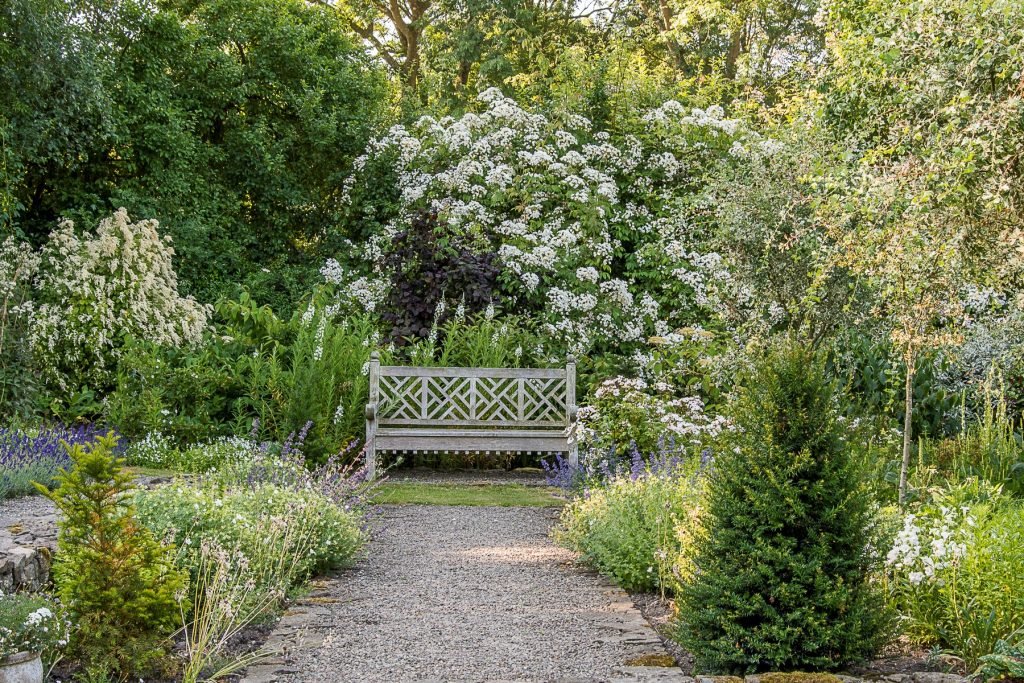
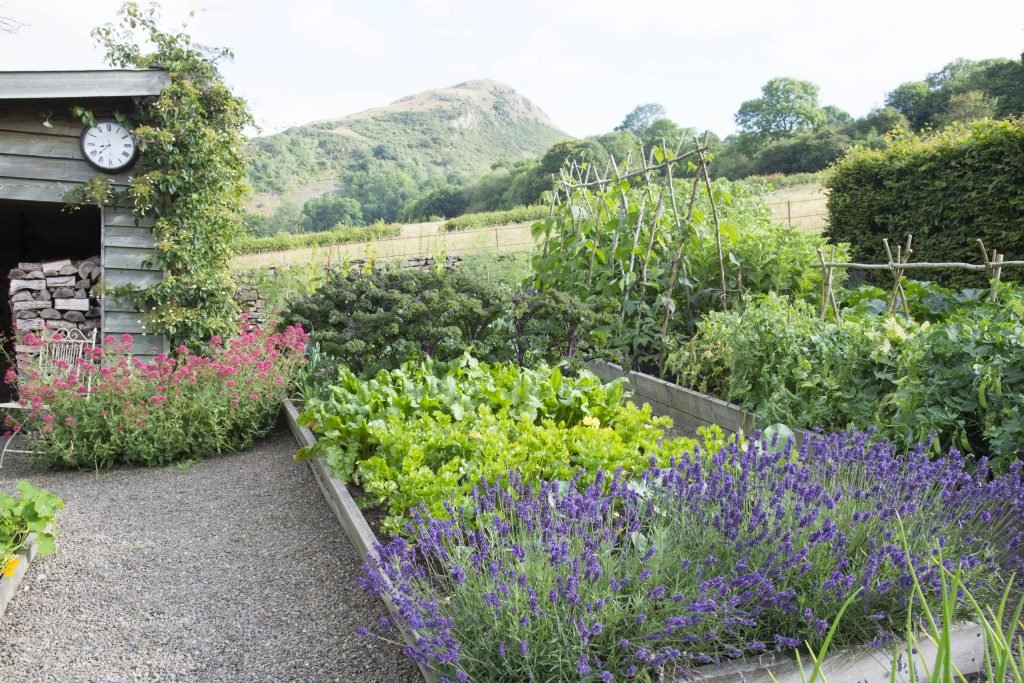

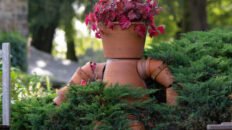
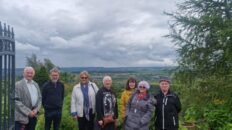

 Please wait...
Please wait...
Add comment